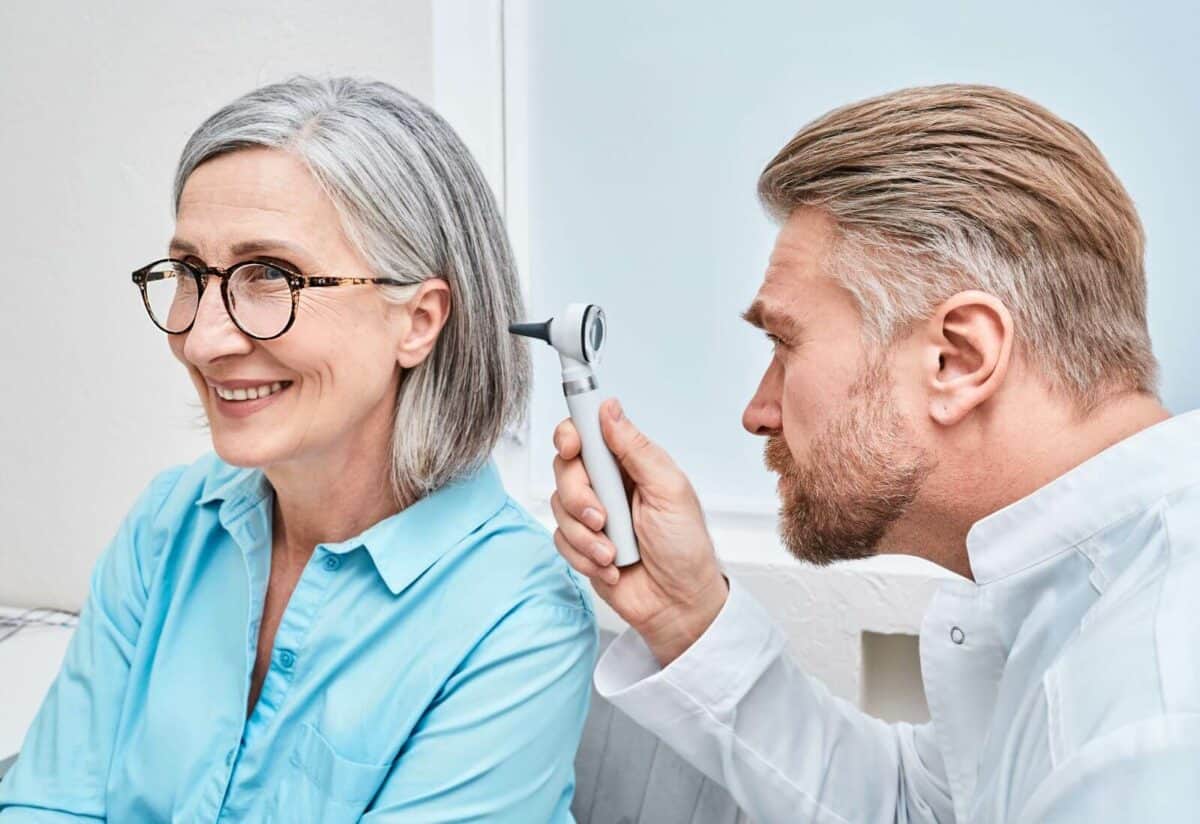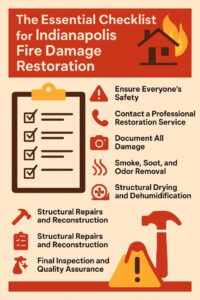Ear wax, medically known as cerumen, is often misunderstood. While many people view it as dirty or unnecessary, hearing specialists know that ear wax plays a critical role in keeping our ears healthy. However, when it builds up excessively, it can lead to discomfort, hearing loss, and even infections. Understanding what hearing experts want you to know can help you maintain good ear hygiene and avoid common mistakes.
Understanding Ear Wax: What Is It?
Ear wax is a natural secretion produced by glands in the outer ear canal. It serves multiple purposes:
-
Protection: It traps dust, dirt, and other foreign particles to prevent them from reaching the eardrum.
-
Lubrication: It keeps the ear canal moist, preventing dryness and itchiness.
-
Antibacterial properties: Ear wax has antimicrobial agents that help prevent infections.
Contrary to popular belief, ear wax is not a sign of poor hygiene. In fact, it’s a self-cleaning mechanism of the body. Normally, jaw movements—such as talking or chewing—help move old wax from the inside of the ear canal to the opening, where it dries up and falls out.
When Does Ear Wax Become a Problem?
In some cases, ear wax doesn’t exit the ear canal as it should. This can result in impaction—a blockage that may cause symptoms such as:
-
Hearing loss or muffled hearing
-
Earache or a feeling of fullness
-
Tinnitus (ringing in the ears)
-
Itchiness or discharge
-
Vertigo or dizziness
Impacted ear wax can happen due to a variety of reasons:
-
Overproduction of wax
-
Narrow or oddly shaped ear canals
-
Use of hearing aids or earplugs
-
Aging, which causes drier and harder wax
-
Frequent use of cotton swabs, which push wax deeper into the canal
What Hearing Specialists Recommend
1. Avoid Using Cotton Swabs
One of the first things audiologists will tell you is to stop using cotton swabs (Q-tips) inside your ear canal. While many people think they’re cleaning their ears, they’re often making things worse.
“You’re not supposed to put anything smaller than your elbow in your ear,” goes a common audiology saying.
Cotton swabs tend to push wax deeper into the ear canal, risking compaction and damage to the eardrum. They can also irritate the skin, leading to inflammation or infections.
2. Let Your Ears Clean Themselves
In many cases, your ears will naturally expel excess wax. Washing the outer ear with a damp cloth during your shower is usually enough for routine hygiene. There is no need to clean inside the canal unless there are symptoms.
3. Know When to Seek Professional Help
If you experience signs of ear wax buildup or impaction, don’t try to remove it yourself with tweezers or sharp objects. Hearing care professionals are trained to evaluate and safely remove ear wax using tools like:
-
Microsuction
-
Irrigation (ear syringing)
-
Curettes under magnification
Each method is selected based on the individual’s ear health, wax consistency, and any underlying conditions.
Professional Ear Wax Removal: What to Expect
During a clinical wax removal session, the specialist will begin by examining your ears using an otoscope. This helps determine the amount and type of wax present and choose the most appropriate removal method.
1. Microsuction
This is the most common and safest method. A tiny vacuum gently removes the wax while the practitioner watches through a microscope.
Benefits:
-
Quick and effective
-
Suitable for people with perforated eardrums
-
No water involved
2. Manual Removal
Using a loop, hook, or curette, the audiologist manually scoops out the wax under magnification. This technique is especially helpful for dry or flaky wax.
3. Irrigation
A controlled stream of warm water is used to flush out the wax. While safe for many, it may not be suitable for people with certain ear conditions.
Over-the-Counter Drops: Are They Safe?
Ear drops such as hydrogen peroxide, olive oil, or carbamide peroxide can help soften wax, making it easier to come out naturally or be removed professionally. However, these should be used cautiously.
Tips from hearing specialists:
-
Always follow the instructions.
-
Don’t use if you have a hole in the eardrum or ear infections.
-
Use drops only for a few days at a time.
-
If symptoms worsen, stop and consult a doctor.
Who Is at Greater Risk of Wax Buildup?
Some people are more prone to wax impaction and may need routine monitoring:
-
Elderly individuals
-
Hearing aid users
-
Children with narrow ear canals
-
People with eczema or skin conditions affecting the ears
For these groups, regular check-ups with an audiologist or ENT can help prevent complications before they start.
Can Hearing Loss Be Reversed by Wax Removal?
In many cases, yes. Wax impaction can mimic hearing loss because it blocks sound from reaching the eardrum. After removal, many people are surprised at how much better they hear.
However, it’s essential to rule out other causes of hearing loss. Audiologists may perform hearing tests before or after wax removal to assess your baseline hearing ability.
Tips for Maintaining Healthy Ears
Here are some general do’s and don’ts from hearing specialists:
DO:
-
Use a damp cloth to clean the outer ear.
-
Seek professional removal if you suspect a blockage.
-
Use ear drops occasionally if advised.
-
Visit your audiologist for regular ear checks, especially if you wear hearing aids.
DON’T:
-
Insert objects into your ear canal (including earbuds or candles).
-
Use ear candles—these are not only ineffective but dangerous.
-
Ignore persistent symptoms like pain, discharge, or hearing loss.
Final Thoughts: Trust the Experts
Ear wax is a normal and beneficial part of ear health, but when it becomes a problem, it’s important to seek professional help. Hearing specialists have the training and tools to safely assess and manage ear wax issues without risking damage to your ears. You can also check here for ear wax removal doctor.
Taking a proactive approach—avoiding cotton swabs, recognizing symptoms early, and scheduling regular checkups—can go a long way in preserving your hearing and overall ear health.
If in doubt, always consult an audiologist or ENT. After all, your ears are too important to risk with home remedies or guesswork.









